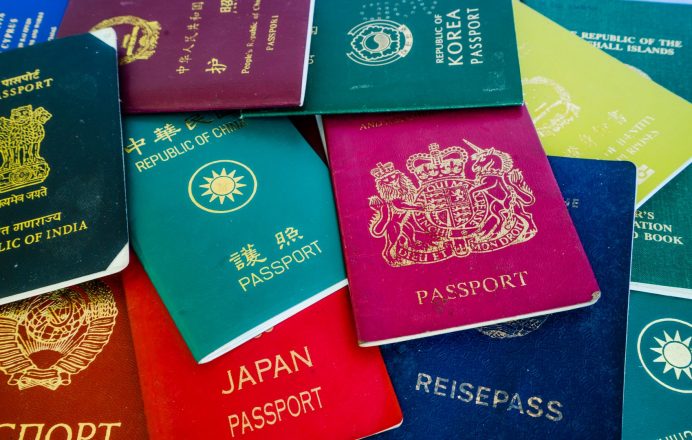Work Visas
A person who is not a New Zealand citizen, or does not hold a New Zealand residence class visa, special temporary visa, or military visa, must have a work visa to work in New Zealand.
Work visas allow for work in New Zealand for a limited period, generally up to three years, from the date of arrival in New Zealand (but up to five years for certain essential skills workers). For someone seeking to settle permanently in New Zealand, or set up a business, residency is likely to be more appropriate.
Australian citizens, or permanent residents currently do not need a work visa to work in New Zealand, and will be granted an Australian resident visa on arrival. However, from 1 October 2019, Australian permanent residents must hold a New Zealand Electronic Travel Authority before they travel.
There are a number of categories under which work visas are available, including Essential Skills Work, Specific Purpose or Event, and Supplementary Seasonal Employer Work.
There is a Long Term Skill Shortage List and a Regional Skill Shortage List that identifies particular skills needed. There is also a Construction and Infrastructure Skill Shortage List that identifies particular occupations in critical shortage in the Construction industry across New Zealand. People with the particular skills will be able to obtain a temporary work visa without Immigration New Zealand conducting the usual labour market check. These categories of work visa are described in more detail on Immigration New Zealand’s website (www.immigration.govt.nz).
To qualify for a work visa, under any category, the applicant must satisfy basic health and character requirements and have a passport that is valid for at least three months past the date the applicant is due to leave New Zealand. The applicant must provide evidence of a genuine plan to work in New Zealand.
As well as satisfying these general requirements, the applicant must also satisfy the specific requirements of the category under which they are applying. For example, if applying under the Essential Skills Work category, the applicant must have a job offer from a New Zealand employer who is either approved to recruit foreign workers or able to prove that there are no suitable New Zealand candidates for the job.

















































